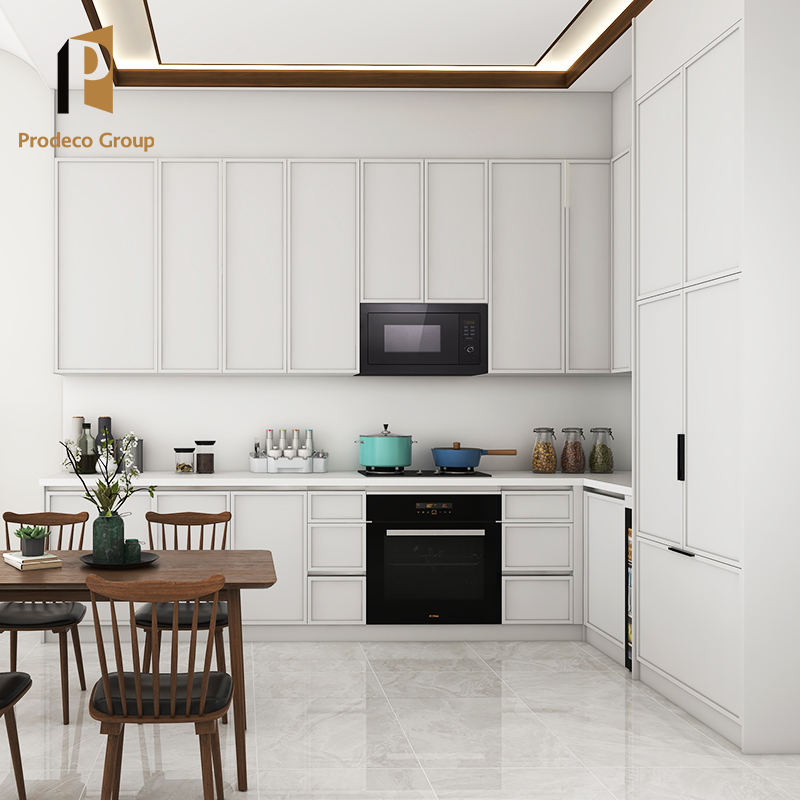1. Don’t put kitchen utensils in the kitchen cabinets. In order to keep the kitchen neat and beautiful, many people always put dishes, chopsticks, knives, cutting boards, etc. in the kitchen cabinet. The freshly washed dishes are stacked together, and the kitchen cabinet is not ventilated, so it is difficult for the water to evaporate. After a long time, it will produce peculiar smell, which will breed bacteria. Therefore, kitchen utensils should also be placed in a ventilated and dry place. You can set up a dish rack next to the sink, air-dry the washed dishes each time, and just rinse them with clean water the next time you use them. It should be noted that the cutting boards we usually use are easy to absorb water, and there are many scratches and slits on the surface, and there are often residues of fresh food. If the cleaning is not thorough and the storage is improper, the food residues will multiply a large number of bacteria and even mold after they rot. Therefore, don’t put it directly in the kitchen cabinet after use, but hang it outside to dry.

2. Regular cleaning and maintenance of kitchen cabinets Regular cleaning and maintenance of kitchen cabinets is also very important. The cleaning and maintenance of the overall kitchen cabinet should start with the countertop, and the cleaning methods for different materials are also different. Artificial stone countertops should not be washed with hard rags and steel balls, which will easily cause scratches or corrosion, and can be wiped with a soft towel with water; for fireproof board materials, you can wipe with a nylon brush dipped in detergent, and then dry with a damp cloth ; For logs made of wood, dust should be removed with a duster first, and then wiped with a dry cloth, never with a wet rag. No matter what kind of kitchen cabinets are made of, they are afraid of high temperature. Therefore, direct contact with hot pans should be avoided during use.












